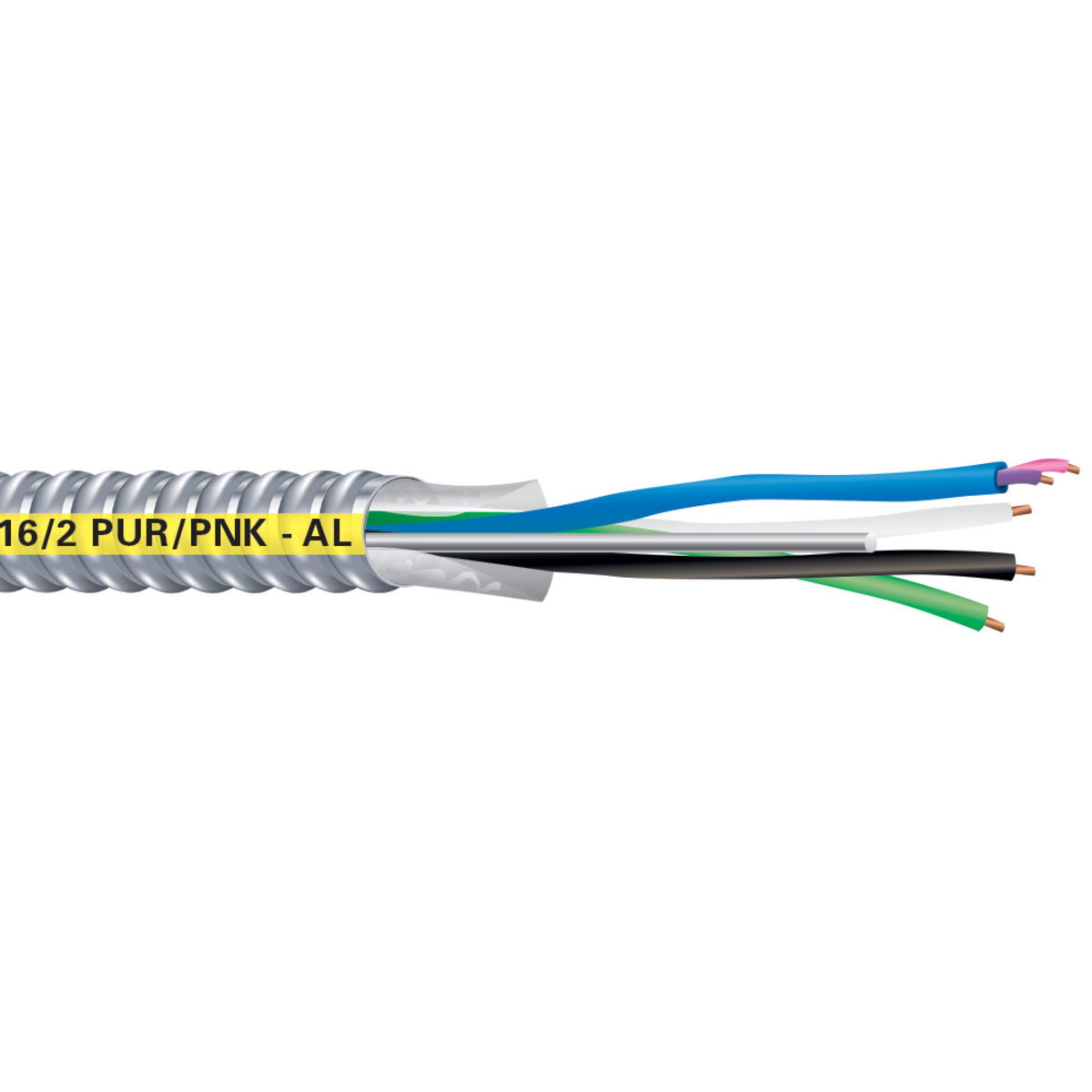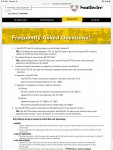MNSparky
Senior Member
- Location
- Minneapolis, MN
- Occupation
- Electrical Contractor - 2023 NEC
I don't do a lot of 0-10v stuff so I'm trying to learn about the best wiring practices for it. Has anyone experienced what this article discusses?
.
How about running the 0-10v conductors in the same raceway as the power (purple and grey THHN in EMT with the power)?
I'm bidding on replacing all the corridor lighting in a school with new 0-10v 2x2 troffers which will involve running all new branch circuit wiring and nLight controls. Just trying to find the most efficient method to getting it done without having future interference issues. MC cable not allowed on the project.
.
How about running the 0-10v conductors in the same raceway as the power (purple and grey THHN in EMT with the power)?
I'm bidding on replacing all the corridor lighting in a school with new 0-10v 2x2 troffers which will involve running all new branch circuit wiring and nLight controls. Just trying to find the most efficient method to getting it done without having future interference issues. MC cable not allowed on the project.



